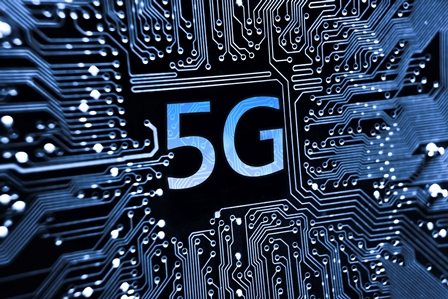As the telecom industry transitions from LTE to LTE-Advanced, LTE-Advanced Pro, and ultimately 5G, which is still going through 3GPP’s standardization process, the telecom workforce, particularly field technicians responsible for building and re-building networks, will also need to evolve.
5G promises multi-gigabit per second speeds and incredibly low latency in support of enhanced mobile broadband, the internet of things and other services that will be tailored for the specific set of needs for various vertical industries and enterprises. And, while the widespread commercial availability of 5G is still years away, carriers are continuing to invest in upgrades to LTE networks by introducing features such as multiple-input, multiple-out (MIMO) and 256 QAM, for instance. At the same time, service providers are also investing heavily in deploying and obtaining fiber optic resources, and adding significant network density through increasingly advanced small cell deployments.
The point here is that the network is changing and becoming more complicated. For the techs that install and validate network infrastructure, this new landscape is significantly more complex than the type of macro deployments that dominated previous generations of mobile networks.
Marquis Dorais, Fronthaul Product Line Manager at EXFO, discussed this topic in a recent RCR Wireless News editorial webinar titled “FTTx: C-RAN, fronthaul and remote radio heads,” which is available to view here. “The mobile technician,” Dorais said, “they need to become actually experts and cover multiple technologies.” He name checked fiber, optical, CPRI, RF and Ethernet. “I would say that they really have to become…hybrid techs.”
While his comments are geared toward test and measurement, EXFO’s expertise, Dorais hits on the fact that 5G will be a blend of networks, wireless and wireline, that will include a wide variety of supporting technologies.
On the road to 5G, carriers are steadily deploying small cells to add pinpoint coverage and capacity in both indoor and outdoor scenarios. Finding technicians capable of deploying tens of thousands of small cells is a problem right now, which isn’t a great harbinger. At the HetNet Expo last year, Wireless Infrastructure Association President Jonathan Adelstein discussed the problem with Jay Brown, the CEO of Crown Castle.
Adelstein said technicians trained in cable pulling need to expand their skill sets to include small cell, distributed antenna systems and fiber work. “We need to have a workforce that’s trained and up for the job. We need to make sure we work with everybody we can. If we have a huge spurt in putting these small cells out and we don’t have enough folks,” that could slow deployments and investment.
Brown further addressed workforce issues: “We’ve found it to be incredibly challenging to find people to fill those roles. It’s one of the biggest challenges we’ve faced as we’ve grown the small cell business. We’ve worked pretty hard at bringing some folks outside of telecom into the industry and teaching them the business.”
There are lots of reports that discuss the number and type of jobs that 5G will enable, but far fewer that speak to job creation associated with the actual deployment of 5G. CTIA commissioned a report from Accenture, which claims the build out of 5G networks in the U.S. will create some 350,000 new construction jobs and a total of 850,000 jobs when considering supplier and other partners.

